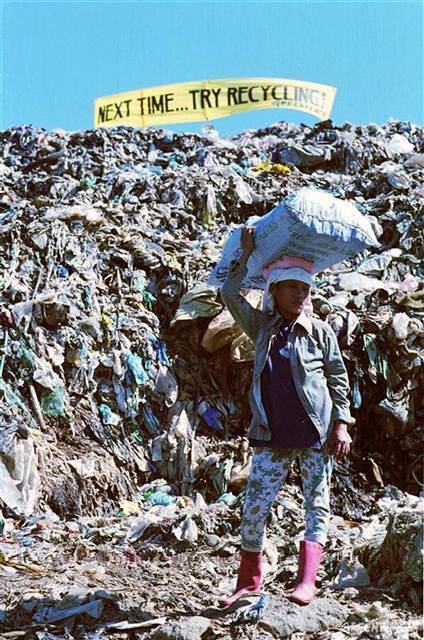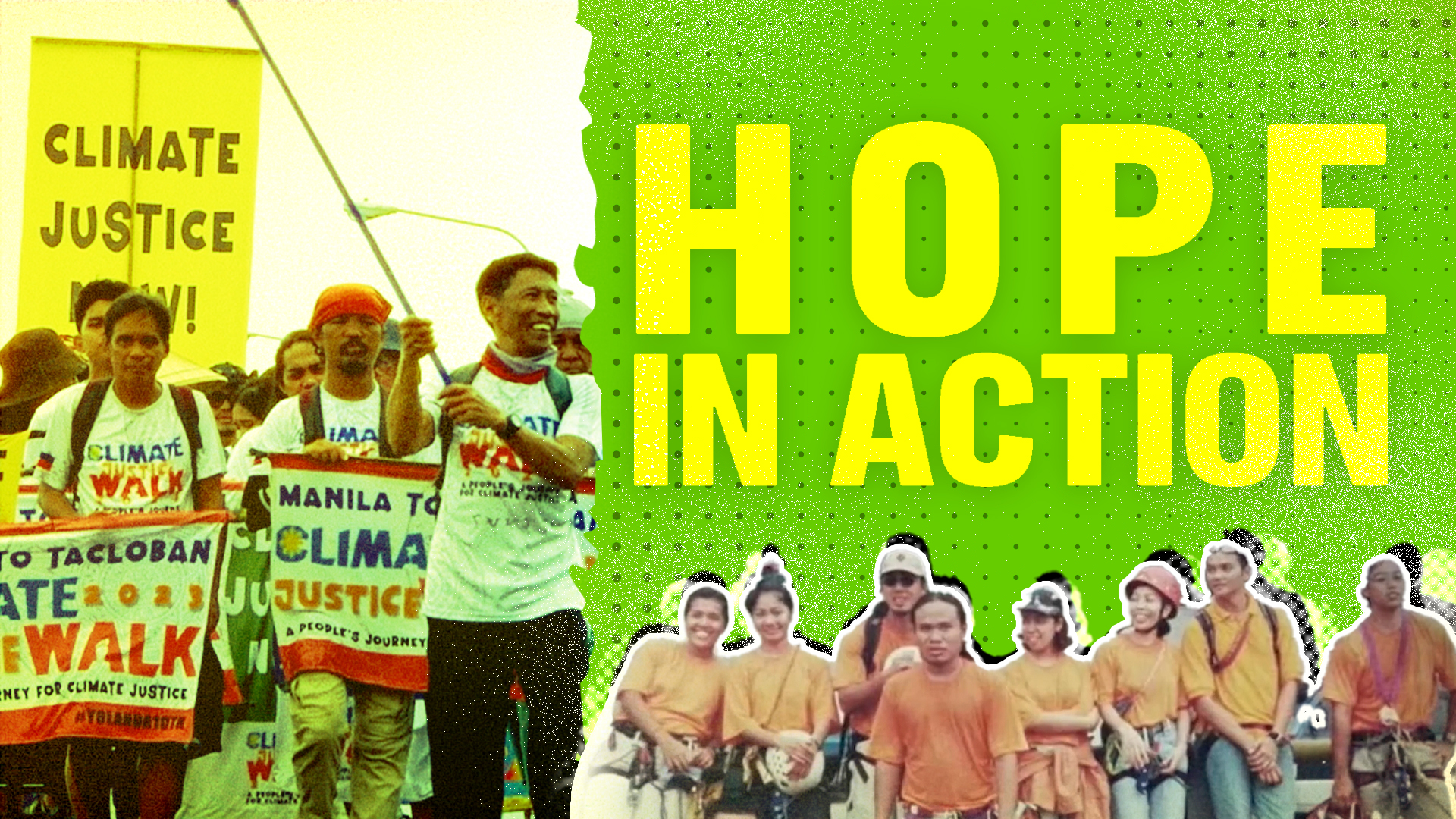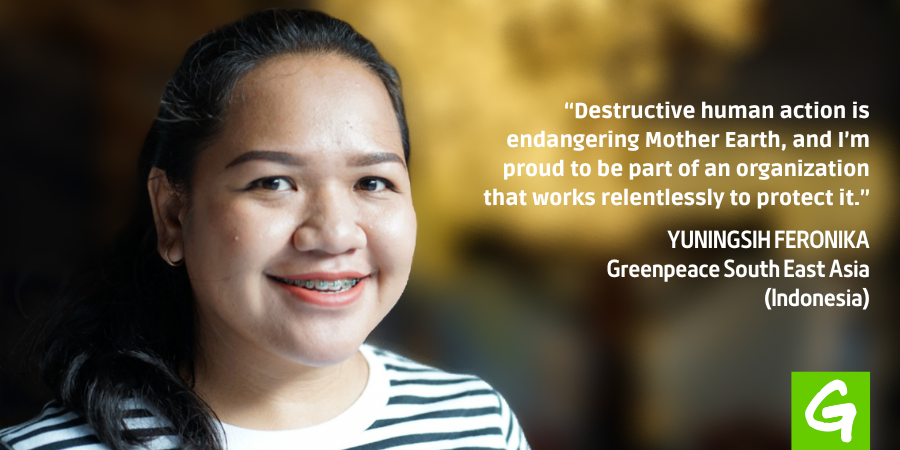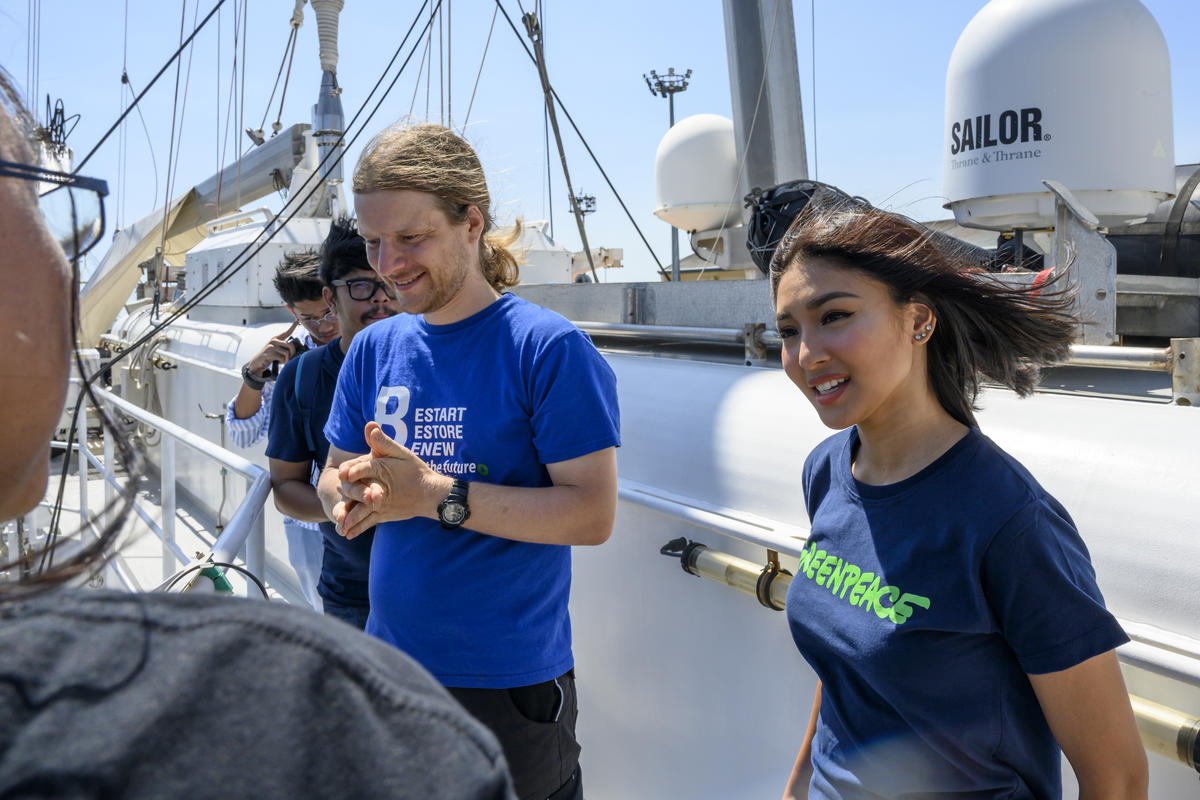
Before Greenpeace Southeast Asia was formally established in 2000, the environment group has already been campaigning against different environmental threats in the region; calling attention to governments and communities about hazardous waste imports, industrial pollution, waste incineration, climate change and putting forward solutions to address these problems. It has already been a decade since then.
What’s the story behind our beginnings?
The success of the environmental movement in industrialized countries had unpleasant repercussions to developing countries such as ours.
Companies and waste generators in industrialized countries found it hard to operate in their own countries due to the increasing public opposition and awareness on the dangers posed by hazardous wastes dumping as well as the cost involved in disposing it. They had to find convenient escape valves to be able to abide to stricter environmental regulations and higher health and safety standards.
Unsuspecting third world countries became the perfect dumping ground of their wastes dubbed as recycling.
In 1994, Greenpeace International was carrying out a global campaign on the problem of hazardous waste dumping from industrialized to developing countries called the Toxic Trade Campaign.
The international environment group came to Asia to conduct research and establish contacts and networks with local groups and communities. They found that countries like US, Australia, European countries as well as Japan were importing hazardous wastes to countries like the Philippines, Indonesia and Thailand.
In the Philippines, lead from used and discarded batteries were being brought in and smelted in deplorable conditions that imposed risks to workers’ health as well as to the environment.
During this time, an international treaty regulating or prohibiting the practice of waste dumping from rich countries to developing countries was also in focus at the Basel Convention.
The toxic overload endured by poorer countries was a global scandal and Greenpeace was there exposing and leading the campaign to have an international convention guard against this practice. This led to one of Greenpeace’s victories, the adoption of the Basel Ban.
The waste trade campaign was among the earliest campaigns in the region. It was the ambassadorial issue for Greenpeace in Asia because it was more relevant and more urgent in the local context.
When Von Hernandez, now the current Executive Director, was recruited into Greenpeace in 1995 as a Toxics Campaigner for Asia. He conducted research and tie up work with local groups in the Philippines and other countries, unearthing scandals in Indonesia, Thailand, India and Hong Kong.
Come 2000, the Toxics Free Asia tour was launched. It was the culmination of all the other earlier work done on waste dumping, waste trade, dirty technology transfer and the seminal work done by Greenpeace on toxics.
The development of Greenpeace Southeast Asia was not just campaign driven, but it was the realization on the part of Greenpeace that to be able to win the global campaign for the environment, there has to be a strong presence in Asia.
As environmental battles are won in Europe and North America, problems shifted to the developing world and one which reached us was the migration of dirty technology as a result of their success.
The growth of Asian economies also posed a serious challenge for the environment. Since Asian countries follow the trend and development pathway of industrialized countries, it would be unthinkable how the planet would be able to cope with the extra pressure.
Since its beginnings, Greenpeace Southeast Asia through its style of campaigning on issues has occupied a niche not only in the environmental movement but also in local society.
Together with local groups and communities, we have stopped coal plant operations, nuclear development projects and proposals for waste incinerators in countries such as Thailand, Indonesia and the Philippines.
We have our share of policy victories which are more encompassing and lasting such as the Clean Air Act and the Renewable Energy Law in the Philippines. In Indonesia are policies to end illegal logging and bans on timber exports, and to stop buying palm oils from companies that destroy forests and peatland.
More importantly, Greenpeace Southeast Asia has helped in changing the mindset of the public. Proactive campaigning have helped challenge the framework of thinking of people on issues that used to be taken for granted– problems that used to be abstract concepts (such as climate change in the early 90’s), and the fatalistic ideas that development is the price of pollution and that there is nothing we could do to make a difference in the world.
It was the need for positive change that really started Greenpeace Southeast Asia. Greenpeace believes that there are alternatives that does not harm people such as green development, and that each of us can make change happen.
Through the years we have worked with individuals and groups who believed in what we believe in, and who believed in what we can do. We cannot have done our work without thousands of supporters and volunteers, as well as partner groups. And together we continue to turn our vision of a green and peaceful future for the coming generations, a reality.



